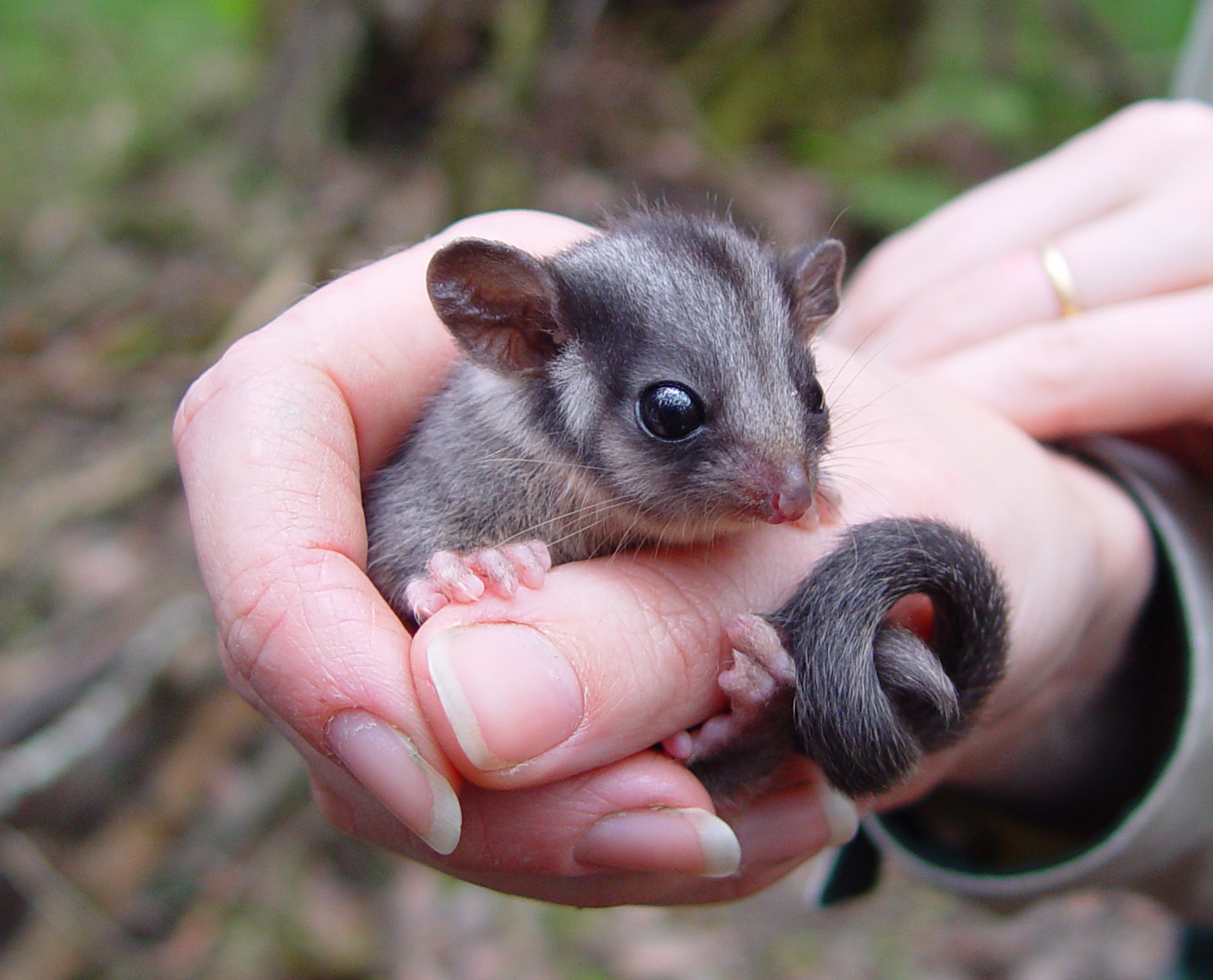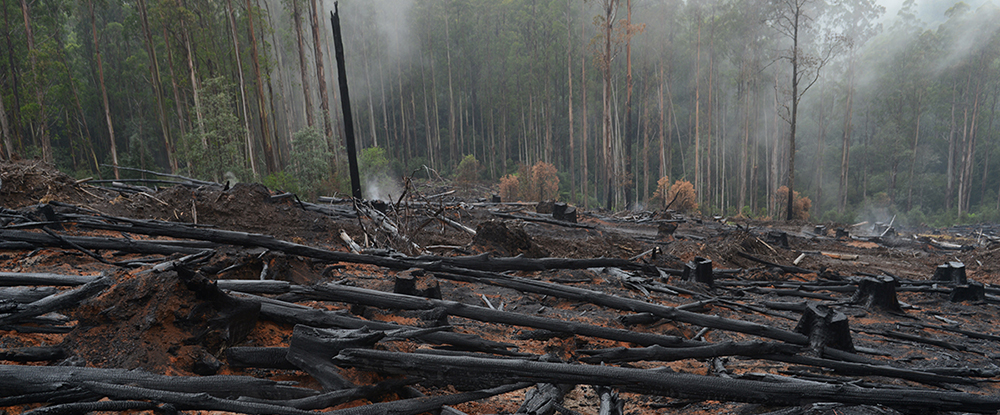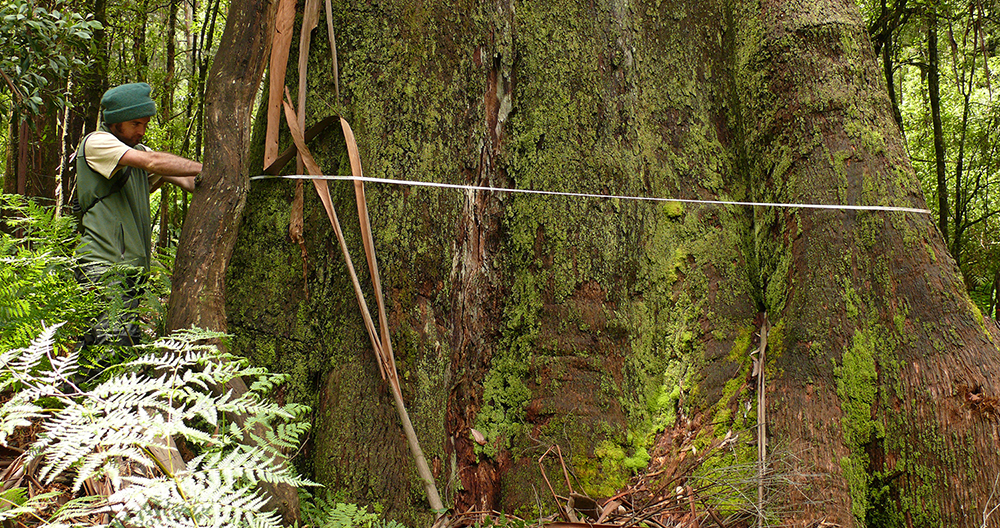
Leadbeater's Possum faces extinction if logging continues
Wednesday, 01 February 2017Victoria’s faunal emblem the Leadbeater’s Possum and other species will become extinct within about 30 years unless clear-fell logging stops in Victoria’s
Mountain Ash forests, new research based on 30 years of monitoring the forests has found.
Professor David Lindenmayer from The Australian National University (ANU) said governments needed to act to protect the remaining forests and to protect
the Leadbeater’s possum and other species.
He said the 2009 Back Saturday bushfires had wiped out 42 per cent of habitat and reduced the population from about 5,000 to 2,000 animals.
“Unless conservation areas are expanded to cover almost all remaining Mountain Ash forests, the critically endangered Leadbeater’s Possum will become
extinct and other species like the Greater Glider will continue to decline,” said Professor Lindenmayer, from the ANU Fenner School of Environment
and Society.

A logging coupe smouldering after being burnt. Logging is the main cause of decline of many species found in Victoria's Mountain Ash forests. Photo Dave Blair.
“Conserving these forests will benefit many species. If logging continues the Leadbeater’s Possum will be the first to become extinct, but it would
not be the last. Think of it as the canary in the coal mine.
“When the current Regional Forest Agreements expire at the end of this year, the Victorian and Federal Governments need to act to bring these areas
into conservation reserves.”
He said half of the greater glider population in Mountain Ash forests has also been lost in the past decade.
Professor Lindenmayer has studied the Mountain Ash Forests for more than 30 years, published more than 200 scientific studies and written eight books
on the topic.
The research is part of the Australian Government’s National Environmental Science Program and was carried out by researchers from The Australian
National University and The University of Melbourne.
Dr Chris Taylor from The University of Melbourne led the spatial analysis which identified the important areas for the Leadbeater’s Possum.
“The existing conservation reserves only cover 30 per cent of ideal habitat. On their own they are inadequate to conserve the species,” Dr Taylor
said.
“Some important areas currently fall outside of conservation reserves and are open to logging. It is really important that these areas are brought
in to conservation reserves.”

The best habitat trees are hundreds of years old. Photo by Dave Blair
Professor Lindenmayer said native animals in the Mountain Ash forest require large old trees over 190 years for tree hollows, which they need to breed
and survive. He said only one per cent of Mountain Ash forest was old growth, compared to 60 per cent 150 years ago.
Professor Lindenmayer said studies had found the value of water and tourism from the forests also outweighed the value of logging, while logged forests
have more frequent and intense fires, due to the debris and the nature of young forests.
“Every angle you take points to the same conclusion, there is no viable long-term future for logging native Mountain Ash forests,” he said.
“The best option for everyone including forestry workers is to immediately begin transitioning to all timber production coming from plantations.”
The research has been published in the PLOS ONE journal.
PHOTOS
Photos to accompany this story are available in dropbox.
Photographers listed in photo names must be credited. Photos must not be added to stock photo libraries for future use unassociated with this story.
FOR INTERVIEW
Professor David Lindenmayer
ANU Fenner School of Environment and Society
M: 0427 770 593
E: david.lindenmayer@anu.edu.au
Dr Chris Taylor
Melbourne Sustainable Society Institute
University of Melbourne
M: 0409 338 887